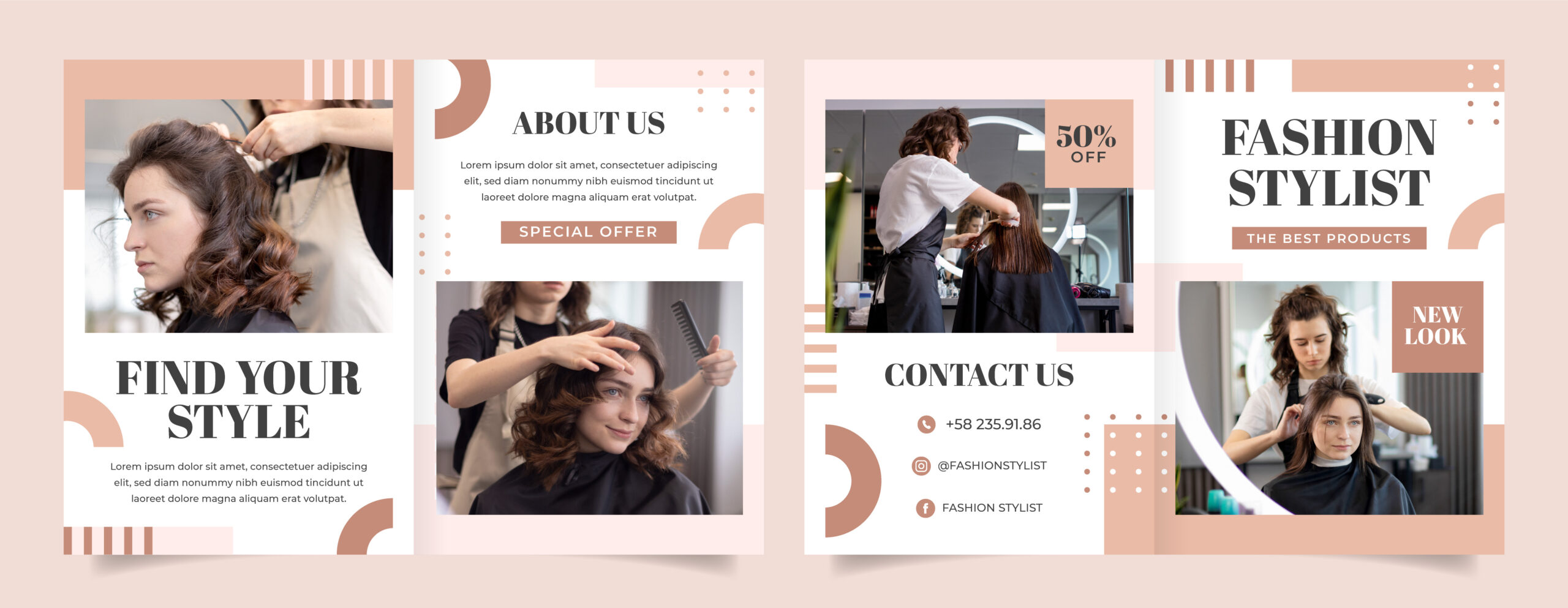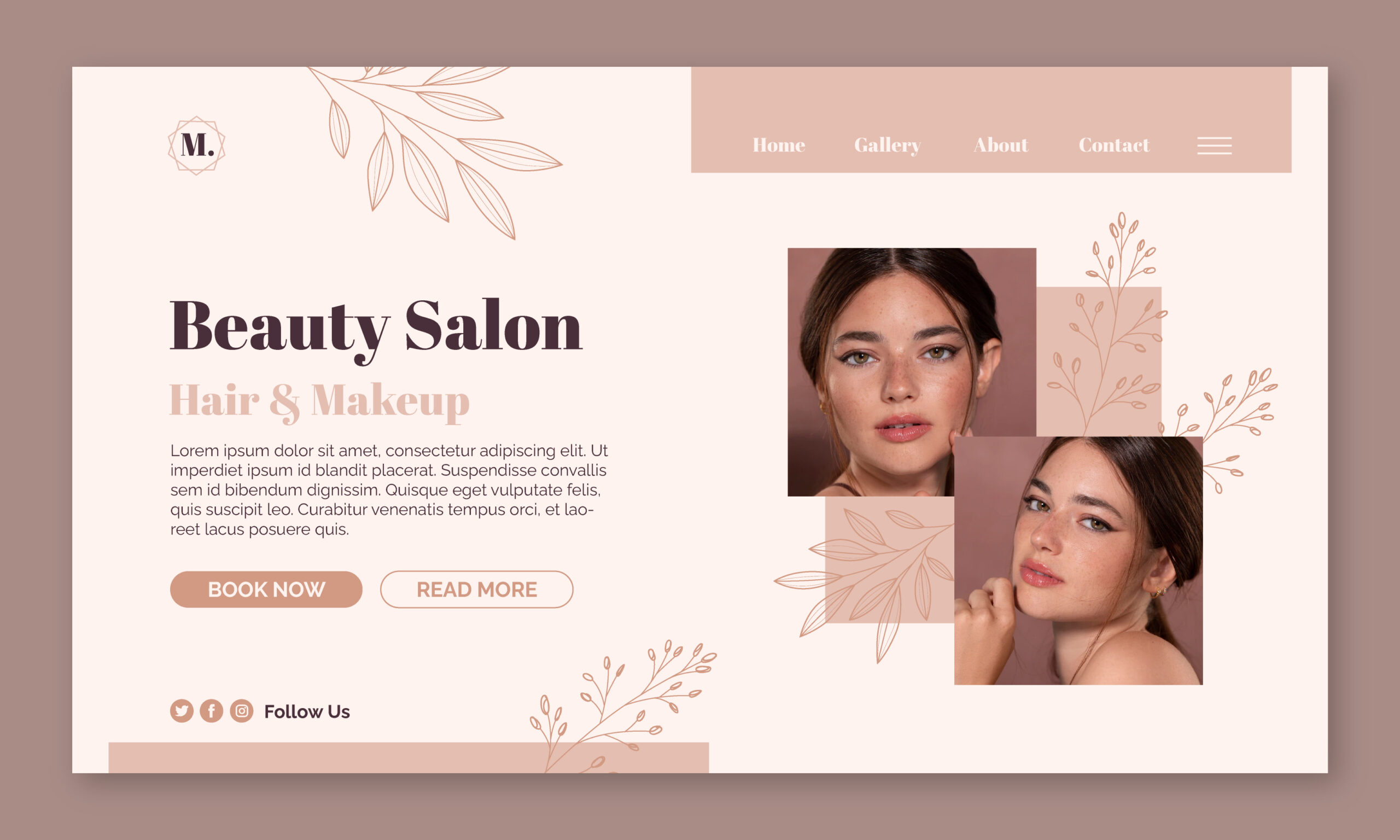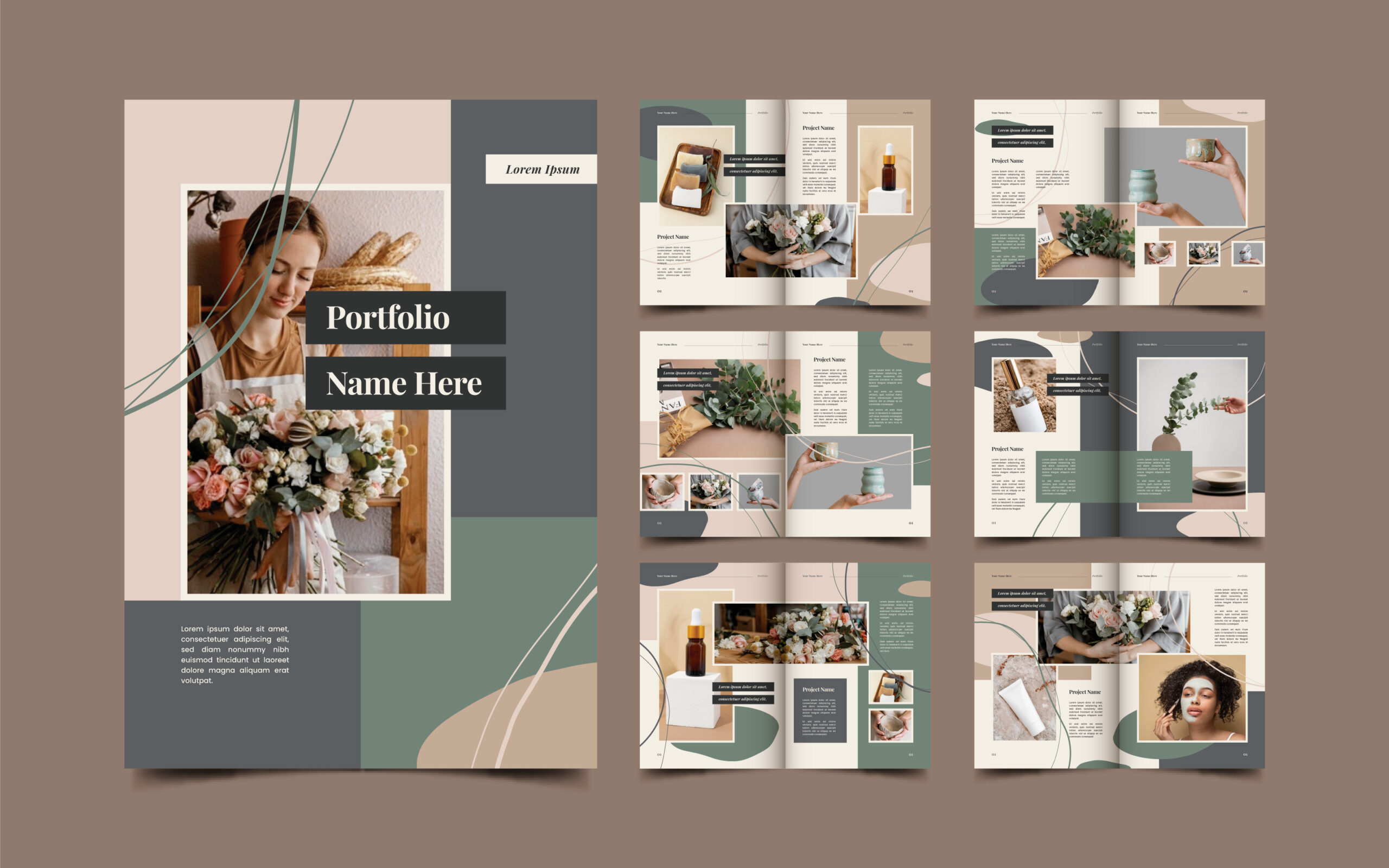Get Started as a Hairstylist: Why You Need a Hairstylist Portfolio
20/10/2023 2023-10-20 16:09Get Started as a Hairstylist: Why You Need a Hairstylist Portfolio
You must put together a fantastic hairstylist portfolio if you want to land your ideal hairstyling position. A good portfolio demonstrates to potential employers that you are prepared and capable of handling the hard work and inventiveness required for this line of employment. A generic, typed-out resume listing your qualifications and experience in hair styling simply won’t do in the cutthroat hair industry.
A portfolio is essentially a binder or book of images that clearly and openly displays all of your skills. Hairstyling requires a lot of hands-on experience, which is why it might be challenging to gauge your abilities without trying them out yourself.
Today, we’ll discuss how to put your best self forward in your portfolio.
Why is a Portfolio Important?
As we all know, cosmetology is a trade of skills- and to sell your skills, you will need to make your clients aware of them. These are a few reasons why it is important to make a hairdresser portfolio–
- A portfolio acts as a brag book and showcases your skills to people.
- It contains your education and training, including any degrees, certifications, and licences.
- A portfolio is a medium to attract new clients.
- It helps with the documentation of the jobs you have completed and are presently working on.
- It showcases the highlights of your career, such as awards, letters of recommendation and admiration, client testimonials, etc.
- It can be very important if you are trying to build a personal brand.
Types of Hairstyle Portfolios
There are a variety of hair stylist portfolio ideas and several hairstylist portfolio examples that will wow your clients. The types include:
1.Social Media Portfolio
You should establish an internet presence if you haven’t already. Having a professional online presence is crucial, even if you have a personal social media account. These days, platforms like Instagram, Facebook, and many others act as marketing powerhouses for business owners in the beauty industry.
They serve as platforms for professionals, business owners, and creative artists to sell their brands, goods, and/or services. These platforms are fantastic tools for tracking your stylistic development as well! A social media portfolio template might look like this-

2.Website Portfolio
You will always have potential clients looking for your work through websites. This is why along with a social media presence, it is good to have your own website. A good website will help your business reach a larger audience and disseminate information more effectively.
A website not only showcases your portfolio but can also be a convenient business tool that provides the details of all the services you offer. An added advantage is being able to give customers the option of booking appointments through the internet. A website portfolio template like this may give you some inspiration-

3.Brochure Portfolios
You might wonder about the need for a physical portfolio in this digital age. But guess what? It is not completely useless. If you are going for interviews looking for hairstylist jobs, employers might be impressed by your physical portfolio. Or, if you plan on having your own salon, a physical brochure is something your customers could look through while they wait their turn.

Key Points to Keep in Mind When Making Your Portfolio
1.Start During Your Course
It is a good idea to begin working on your profile when your course is on the verge of completion; you can start looking for jobs right after your studies. Dedicate time towards building your portfolio so you have a good amount of work to show to employers.
2.Play with Different Styles
If you are an aspiring professional hair stylist, you might want to use various kinds of models with different hair textures and different face shapes. This will demonstrate not only your comfort level with different hairstyles and types but also the different techniques you are adept at. Versatility is very important in the cosmetics industry.
3.Organisation is Key
Making sure your hair styling portfolio has a nice flow is the greatest way to get the most out of it. Your photos should be arranged into sections and topics. For example, you could organise it according to hair type- curly, wavy and straight. You could also arrange it according to hair length- short, medium and long hair.
4.Quality Photographs
If you can, pay a professional photographer to shoot photos for your portfolio. Suppose that is not doable; you can rent a high-resolution digital camera and take the photos yourself. Do not forget to get before and after pictures every time you do a client’s hair.
Take pictures of all of your distinctive hairstyles and talents. If you are well versed in bridal hair styling, try clicking a before and after picture for each bride and bridesmaid. The goal is to show your versatility and niche so it is easier for clients to book you for the occasion. Take images of each bride or bridesmaid client, for instance, if you excel in creating bridal up-dos.
5.Upload It
Upload an e-portfolio on your social media to engage more audiences. You can either create a website in WordPress or Squarespace or just use Instagram and Facebook marketing.
Final Thoughts
In this hair and makeup portfolio for beginners, we have covered all the critical points you need to keep in mind to create a professional hairstylist portfolio. If you are interested in beauty and hairstyling, why not look at some professional courses offered by top institutes? Check out JD Institute’s diploma courses in Makeup and Hairstyle Artistry, which run for 6 weeks or 4 months, depending on your preference.
So what are you waiting for? Get started on your portfolio to begin your exciting journey as a professional hairstylist.













